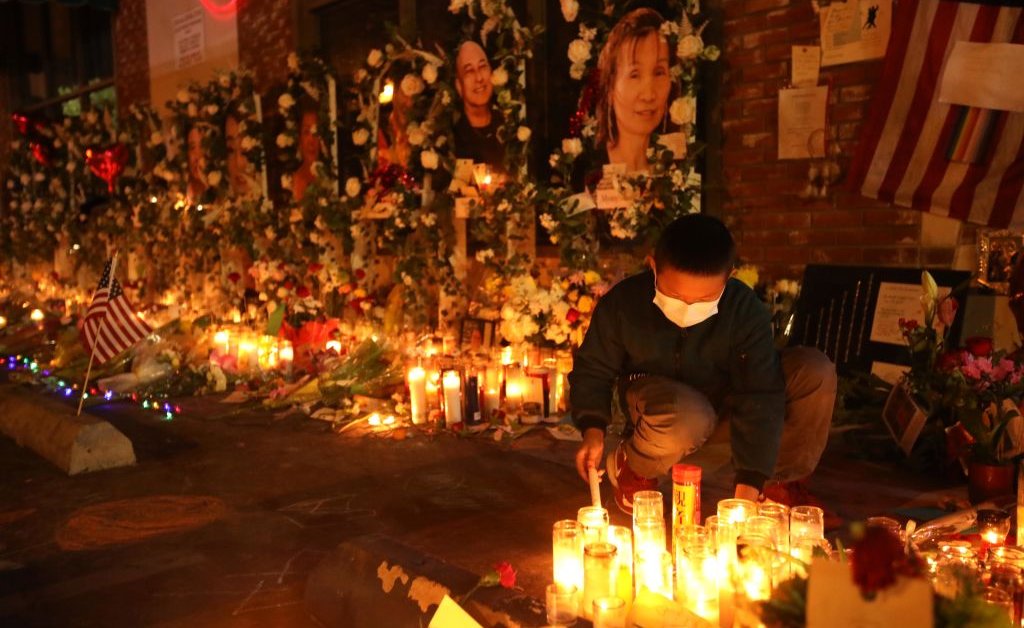After having spent the first 17 years of my life in Southern California, I finally returned to my home state in 2021, living this time in San Mateo County where Half Moon Bay is. Having since moved 3,000 miles away to Boston, my memories of California are now tainted with grief from the two recent mass shootings in Half Moon Bay and Monterey Park that resulted in innocent people’s deaths, injuries, and immeasurable grief.
Like many others, I worried these were racist attacks against people of Asian and Latino descent, given the context of anti-Asian, anti-Latino, anti-immigrant, and pro-white nationalist rhetoric, hate, and violence.
However, both alleged shooters were Asian men who opened fire on their own communities: other Asian people in Monterey Park and other Asian people and Latinos in Half Moon Bay. Many Asian Americans around the country are reeling from the violent murders themselves, as well as grappling with how this violence could come from inside the Asian American community. As Manjusha Kulkarni, co-founder of Stop AAPI Hate, said: “He chose to do harm on his fellow Asian Americans, so I think that’s kind of like that additional level of hurt.”
What is this additional level of hurt? Why does it exist?
My research with cultural betrayal trauma theory provides some insight. The crux of cultural betrayal trauma theory is fairly intuitive. It is that Black, Indigenous, and other People of Color (BIPOC), as well as other marginalized groups like the LGBTQ+ community, develop solidarity with each other to protect ourselves from the discrimination and oppression we face. In Monterey Park, that solidarity was in the cultural celebration of the Lunar New Year. These are spaces for communities to live more freely from the laws and policies against our humanity and the indignities of dehumanization from other…
Read the full article here





